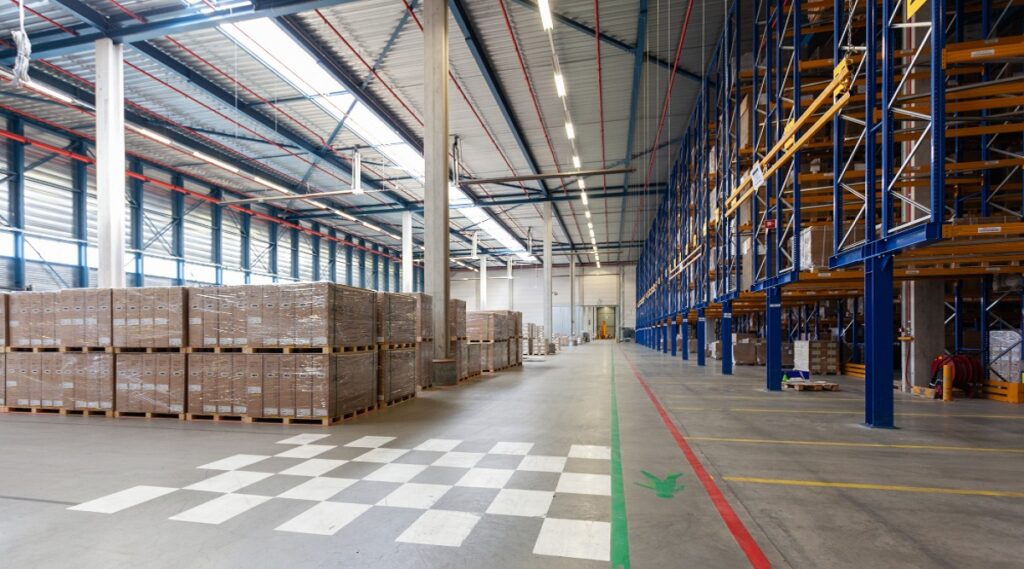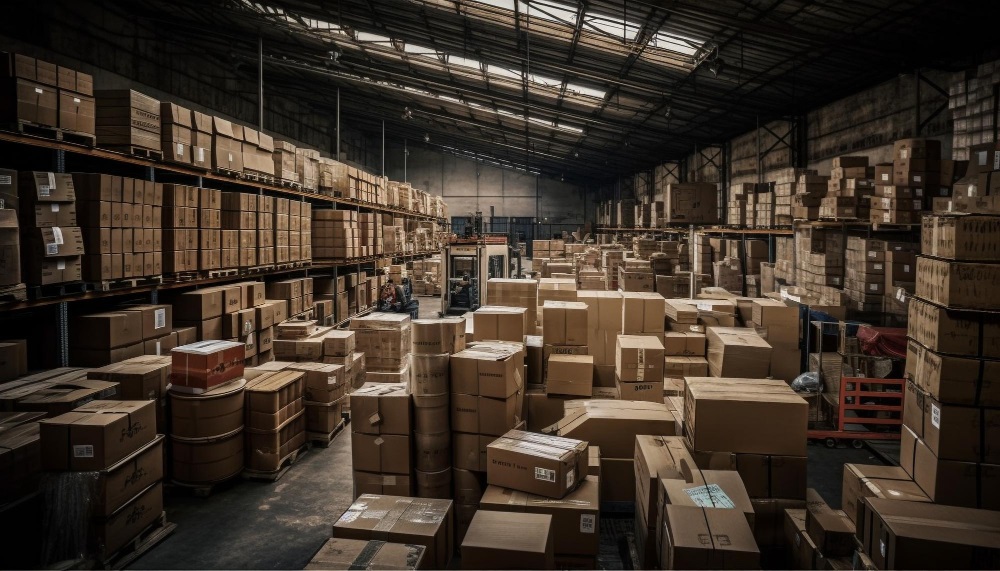Summary: In today’s ever-evolving corporate world, the process of leasing warehouse space has emerged as an essential component for companies looking to optimize their operational workflows, fine-tune inventory management, and improve supply chain efficiency. The selection of an insightful approach, like choosing the right location for warehouse leasing can have a significant impact on your organization’s operational efficacy and financial success. Throughout this discussion, we will delve into the best approach to lease warehouse space and factors to consider when leasing warehouse space.
Understanding of Your Leasing Warehousing Space Needs
The first step in locating the best warehouse space for your company is to thoroughly understand your specific requirements. Begin this project by doing an in-depth analysis of your current and future storage requirements. Consider the nature and size of the commodities you hoard, as well as the anticipated expansion of your inventory. This careful examination will aid in the delineation of the most advantageous dimensions, locations, and features required for the warehouse space at your disposal.
Choosing the Right Location for the Warehouse Leasing Space
One of the most important factors influencing warehouse space leasing is the careful selection of its geographical location. The proximity of your distribution system to suppliers, clients, and transportation hubs invariably has a significant impact on its efficiency. A strategically located warehouse is beneficial in lowering transportation costs and shortening delivery lead times, therefore strengthening your financial foundation.
1.Lease Duration and Flexibility
When going into lease discussions, it is critical to apply rigorous consideration about the duration and flexibility of the agreement. Short-term leases provide you with the needed agility required to accommodate market dynamics’ unpredictable swings. Protracted leases, on the other hand, provide the appeal of fiscal discipline and consistency. The difficult part is determining the equilibrium point that corresponds to your company’s overall strategy.
2.Budgeting for Warehouse Leasing Space
In the field of warehouse leasing, allocations of funds play a critical role. A meticulous assessment of the financial resources available to your company, without invading other operational domains is critical. It is essential to consider not just the rental cost but also the provision for utilities, maintenance, and any additional services that may be required.
3.Assessing Warehouse Amenities
Diverse warehousing spaces are equipped with a wide range of amenities and features. It is critical to examine your requirements in terms of loading docks, climatic standards, security measures, and ease of access. Investments in these amenities can improve the operational effectiveness of your warehouse while also protecting your valuable goods.
4.Negotiating Warehouse Leasing Space Terms
When commencing lease stipulation talks, unyielding attention to the minute details becomes essential. The comprehension of the terms and conditions, which include rental rate increases, maintenance duties, and exit clauses, is non-negotiable. In circumstances when clarification is required, the involvement of legal counsel becomes necessary, ensuring the completion of a fair and favorable agreement.
Competent Workforce and Training Initiatives
Personnel employed within your warehouse complex play an essential part in the smooth operation of your facility’s duties. It is your responsibility to ensure the presence of a knowledgeable workforce capable of managing the unique challenges that your warehouse faces. Significant investments in training programs and safety standards act as a catalyst, creating a favorable environment for increased productivity.
Sustainability and Environmental Considerations
In today’s climate of increased environmental awareness, including sustainability measures in your warehouse operations becomes significant. Adopting sustainable practices, such as energy-efficient lighting and waste-reduction initiatives, results in numerous advantages. These practices are not only good for the environment, but they also help to reduce operational costs.
Conclusion
Leasing warehouse space assumes the role of a strategic decision with the ability to have a significant impact on your company’s operational efficacy and competitive edge. By meticulously scrutinizing your warehouse requirements, geographical location, financial allocations, amenities, and technological integrations, you will determine the best approach for your specific business. Keep in mind that adaptation and ecological awareness are critical determinants in mapping the path to long-term success in warehousing endeavors.



